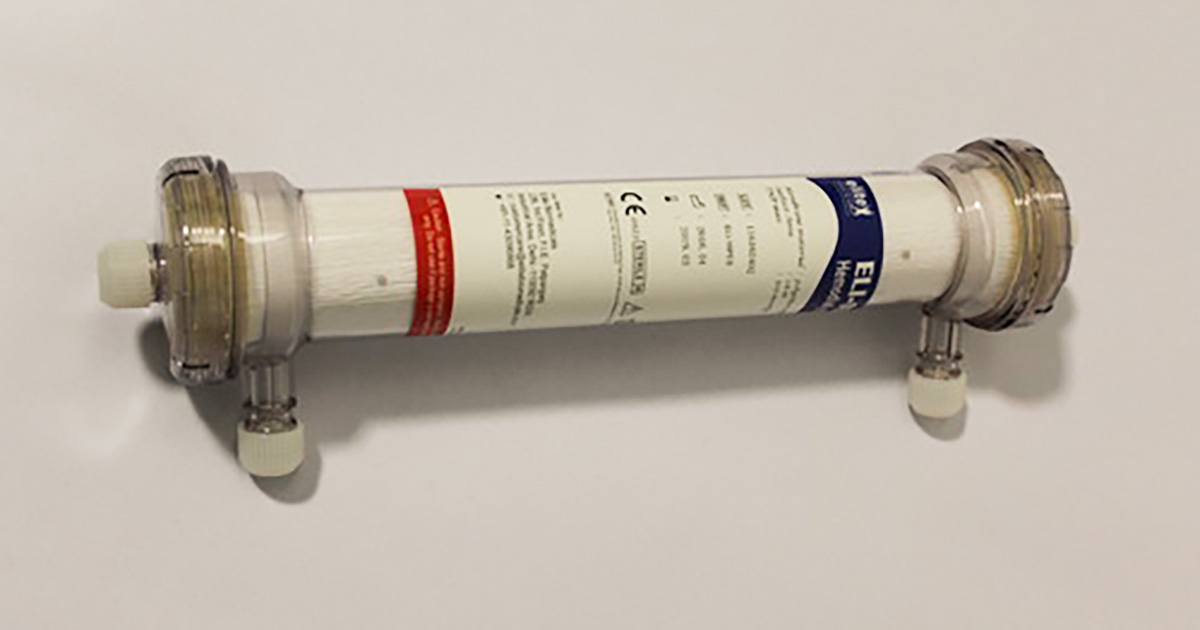What To Expect When Living On Dialysis
Aside from patients who are on dialysis or who have a loved one on dialysis, very few individuals know much about this treatment and what it does for the body. This is unfortunate since dialysis is a life-saving treatment for countless patients who have end-stage kidney failure and have not yet found a donor.
Dialysis helps take over some of the functions of healthy kidneys, allowing the body to continue working even during end-stage kidney failure. These functions include removing waste, salt, and excess water to prevent build-up, controlling blood pressure, and maintaining a safe level of specific chemicals in the body, including potassium and bicarbonate.
Continue reading to learn about what patients can expect while living on dialysis, including cost, location, comfort, and life expectancy. Let’s start with breaking down the two major types: hemodialysis and peritoneal dialysis.
Understanding Hemodialysis

Hemodialysis uses an artificial kidney, called a hemodialyzer, to remove waste as well as excess chemicals and fluid from the blood. A doctor will perform minor surgery on one arm or leg to create an access point into the blood vessels, which will allow the blood to get into the hemodialyzer. This access point will be made in one of three ways. Either by joining an artery to a vein, creating a larger blood vessel known as a fistula, using a soft plastic tube to join an artery and vein, called a graft, or through a catheter inserted into a large neck vein. The latter form of access is often temporary, although it does occur more often with long-term treatment.
Hemodialysis typically takes four hours per session, and most patients have three sessions per week. However, these numbers can change based on kidney function, fluid weight gained between sessions, the quantity of waste in the body, the type of artificial kidney used, as well as the patient’s size. Though hemodialysis is typically done in a hospital setting or dialysis center, patients can also receive it at home. Patients and their caregiver can be trained on the machines, though this will take weeks to months to do. In addition to the traditional three sessions per week, patients may also work with shorter but more frequent sessions or treatments at night, both of which must be discussed with a doctor beforehand.
Continue reading to learn about peritoneal dialysis and how it works.